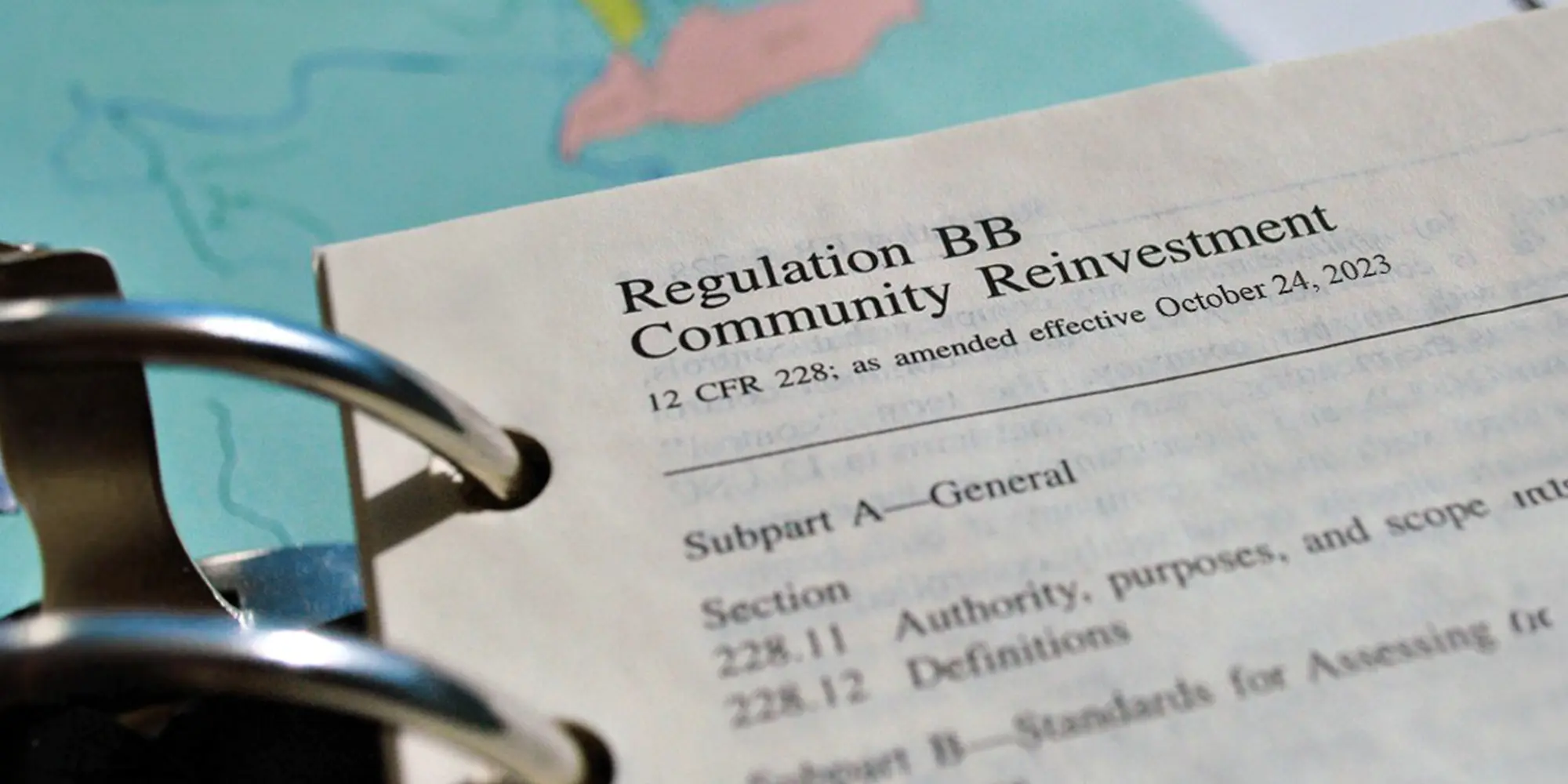As those in the financial service sector seek to expand, understanding the resources communities need is critical to reaching a broader audience – particularly those who have been historically underserved. This most recent survey provides actionable insights on a variety of issues.
Financial Resources
Financial literacy is key to individuals saving and investing their money. Forty percent of respondents indicated that they would like more financial literacy or counseling centers in their communities. The need is there; according to the FINRA Foundation’s 2018 National Financial Capability Study (NFCS), only 40 percent of respondents correctly answered four out of six questions measuring basic economics and personal finance knowledge.
Looking at age, 43 percent of individuals under 45 want more financial literacy or counseling centers. According to the Teachers Insurance and Annuity Association, only 19 percent of millennials who reported having a high knowledge of personal finance correctly answered questions about fundamental financial concepts.
Regionally, one-third of respondents in the South would like to see more ATMs in their communities. Geographies that have seen a larger influx of immigrants saw respondents seeking more financial resources overall. The Survey of Income and Program Participation indicates that the median wealth of U.S.-born couples is 2.5 times the median wealth of foreign-born couples.
COVID-19
Two years into the COVID-19 pandemic, the lasting impacts on the economy and workforce are still uncertain. Sixty percent of respondents have indicated that important businesses or organizations in their community have permanently closed because of COVID-19. Relatedly, 74 percent of Northeast respondents worry quite a bit or almost all the time about the impact of the pandemic.
Forty percent of respondents ages 18-29 changed jobs due to COVID-19. Meanwhile, 45 percent of people under age 45 were out of work for an extended period. Among people of color in the West, 53 percent were out of work for an extended period due to the pandemic, the most of every region. Still, in March 2022, job openings hit a record high of 11.5 million, and quit rates hit 4.5 million, marking the tenth consecutive month that more than four million Americans resigned.
However, these issues are complicated by the fact that many households have limited savings. In 2019, 35.8 percent did not save for unexpected expenses, and 37 percent of adults could not cover an emergency expense of $400 using cash, savings, or a credit card paid in full on their next statement.
Inequity
Understanding inequity issues communities face can help businesses develop more successful regional or demographic-focused initiatives. Forty-nine percent of all respondents rate economic conditions like poverty and blight negatively in their communities. Sixty-five percent of all respondents agree that there is significant income inequality in their community. Aligned with this, 61 percent worry about income inequality regularly. White (52 percent) and Black (50 percent) respondents have more negative perceptions than Hispanic or Latino (41 percent) and Asian (31 percent) respondents of economic conditions in their cities.
Another 68 percent worry about high taxes almost all the time or quite a bit; in the Northeast, this increases to 75 percent. Eighty-one percent of people of color in the West are concerned about high taxes. The Institute of Taxation and Economic Policy notes that California’s income tax is undercut by the fact that the biggest income tax subsidies benefit higher-income households and that the state’s revenue structure including a variety of taxes worsens racial inequity.
Debt is also a significant indicator of people’s economic condition. Housing debt increased by $333 billion in the fourth quarter of 2021, the largest increase since 2007 and $1.4 trillion higher than the end of 2019. Forty-five percent of respondents under 45 had trouble making rent or mortgage payments during the pandemic, compared to 24 percent of people over 45. According to the NFCS, 19 percent of respondents have been late with their mortgage payments. This increases to 46 percent for Black respondents and 40 percent for respondents between ages 18-34.
Ichor’s survey results and the growing body of research supporting these findings provide an opportunity for financial service companies to develop programs that address community needs. New initiatives can optimize community benefit, increase resources such as ATMs or credit unions in regions where people want to see more, or develop programs to assist underserved communities with mortgage payments. Paired with Ichor’s comprehensive community engagement strategies, companies can understand precisely how to better equip underserved communities to participate in today’s economy.




